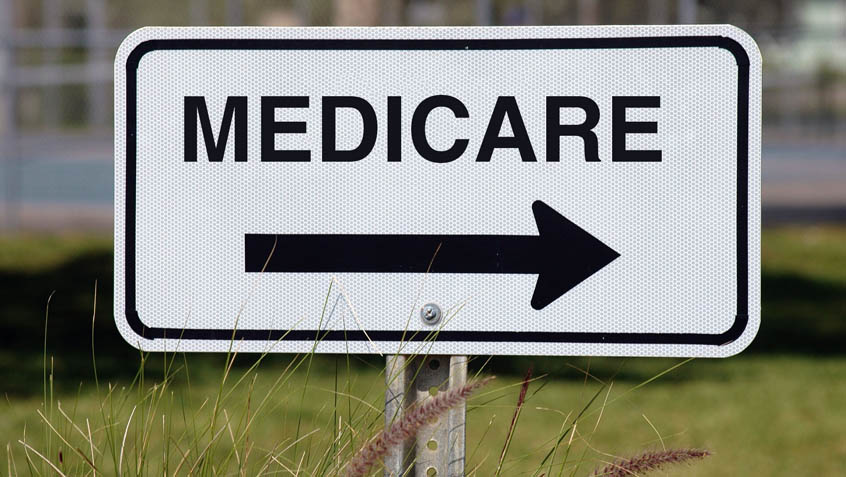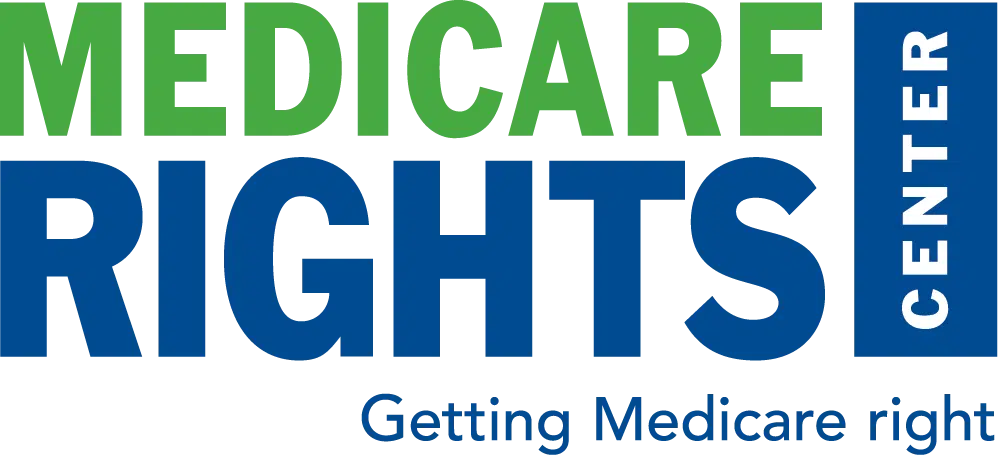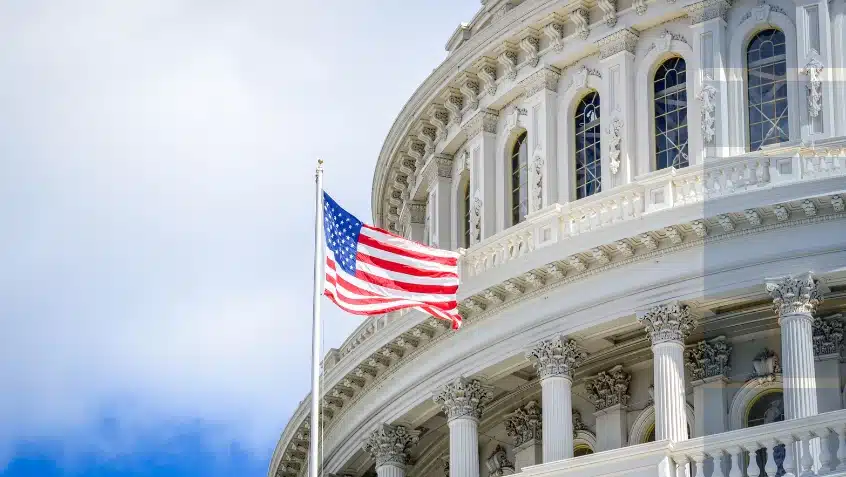Join Us Live for a Discussion on Medicare, Democracy, and the Future of Health Care
Trustees Reports Reflect Largely Unchanged and Improved Projections

The Social Security and Medicare Trustees reports were released this week. The reports include short- and long-term projections for the financial situation of the Social Security Retirement and Disability and the Medicare HI (Part A) and SMI (Part B) trust funds. The findings are largely consistent with those from 2019 and confirm the Medicare and Social Security programs are strong and built to last.
Importantly, the reports do not include any adjustment or accommodation in light of the COVID-19 (also called coronavirus) public health emergency. The pandemic could have several significant effects on the reporting and underlying finances. For example, the Trustees’ projections incorporate expected income from payroll taxes and from the general budget, both of which could see shortfalls. And the predicted expenditures include Medicare costs, which could be impacted by both increased utilization for coronavirus-related care and decreases in costs associated with routine and scheduled care. Proposed and recently implemented legislation, including bills that temporarily expand coverage, increase payments to certain providers, and alter cost-sharing structures, are also not accounted for in the reports.
The Trustees issued a statement along with the reports indicating that because the impacts related to the public health emergency are so uncertain, it is “not possible to adjust their estimates accurately at this time.”
With that caveat, the reports go on to project that the Social Security Retirement reserve is expected to be depleted in 2034—the same as was projected last year—at which point Social Security could pay 76% of scheduled benefits. The Disability Trust fund is projected to become depleted in 2065, 13 years later than in 2019, at which point it could pay 92% of benefits. The report states that the projected costs increase faster than projected income “primarily because the ratio of workers paying taxes to beneficiaries receiving benefits will decline as the baby-boom generation ages and is replaced at working ages with subsequent lower birthrate generations.”
For Medicare, the trustees project Part A spending to be lower than last year because of lower-than-projected 2019 spending and other factors, but this decrease in expenditures is “partially offset [by] higher projected spending growth for Medicare Advantage beneficiaries.” The estimated depletion date for the Part A trust fund remains the same as last year—2026. At that time, program income will be sufficient to pay 90% of total scheduled benefits. The Part B trust fund is financed differently, with premiums and general revenue funding changing each year to reflect projected spending, so Part B is expected to be adequately financed “for the next 10 years and beyond.”
The report projects the standard Part B Premium for 2021 will increase from $144.60 in 2020 to $153.30, and that the deductible will be $212, an increase from $198 currently. Notably, these are just estimates. Final amounts are expected to be released later this year.
The Social Security Act established the Medicare Board of Trustees to oversee the program’s funding. The Board has six members, four of whom serve by virtue of their positions in the federal government: the Secretary of the Treasury, the Secretary of Labor, the Secretary of Health and Human Services, and the Commissioner of Social Security. The other two Trustees are public representatives appointed by the President, subject to confirmation by the Senate. The two Public Trustee positions have been vacant since July 2015. They are required to submit these reports to the president and congress annually.
For more, read the following:
Show Comments
We welcome thoughtful, respectful discussion on our website. To maintain a safe and constructive environment, comments that include profanity or violent, threatening language will be hidden. We may ban commentors who repeatedly cross these guidelines.
Help Us Protect & Strengthen Medicare
Donate today and make a lasting impact
More than 67 million people rely on Medicare—but many still face barriers to the care they need. With your support, we provide free, unbiased help to people navigating Medicare and work across the country with federal and state advocates to protect Medicare’s future and address the needs of those it serves.
The Latest
Most Read
Add Medicare to Your Inbox
Sign up to receive Medicare news, policy developments, and other useful updates from the Medicare Rights.
View this profile on InstagramMedicare Rights Center (@medicarerights) • Instagram photos and videos









